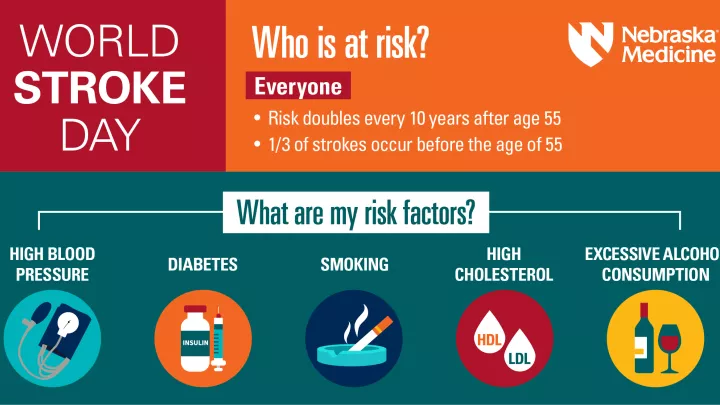Our brain and heart doctors work together to reduce the risk of stroke

Stroke and heart disease often go hand in hand because many of the same risk factors (high blood pressure, cholesterol, diabetes, smoking, etc.) lead to both diseases. However, in some situations, stroke directly results from heart problems – either structural heart disease or heart rhythm problems.
In fact, up to 25% of strokes are caused by a heart disorder. In these cases, collaboration between Vascular Neurology and Interventional Cardiology is essential to minimize the risk of recurrent events.
One of the most frequently encountered structural heart issues in patients with stroke relates to a patent foramen ovale (PFO).
The foramen ovale is a small opening between the two upper heart chambers (left and right atria) during normal development. It typically closes after birth but remains open in about 25% of adults – referred to as a patent foramen ovale.
The vast majority of people with a PFO never require any type of treatment. In rare cases, however, a PFO may allow a small, otherwise insignificant blood clot in a vein to cross over into an artery and travel to the brain, causing stroke. Although rare, it is especially relevant in younger people without an explanation for stroke.
Stroke patients with a PFO
In stroke patients with a PFO, especially those under age 60, PFO closure has been shown to lower the long-term risk of recurrent strokes. PFO closure is a minimally-invasive procedure performed through a small catheter inserted into a leg vein.
Because of the high prevalence of PFO in the general population, it is important to determine whether a PFO is the most likely cause of a person’s stroke or just an incidental finding. If incidental, closure will not decrease the risk of recurrent stroke and exposes patients to an unnecessary procedure.
If you have a PFO and a history of stroke, you can contact our structural heart case manager to determine if you should be seen by our vascular neurologists and interventional cardiologists.
During this visit, our team will review all clinical and diagnostic information and discuss the most effective stroke treatment and whether additional testing is necessary. This allows patients to make informed choices when deciding between medications and/or procedures.
This collaborative effort emphasizes shared decision making and uses all available resources and expertise to minimize the risk of recurrent stroke.







